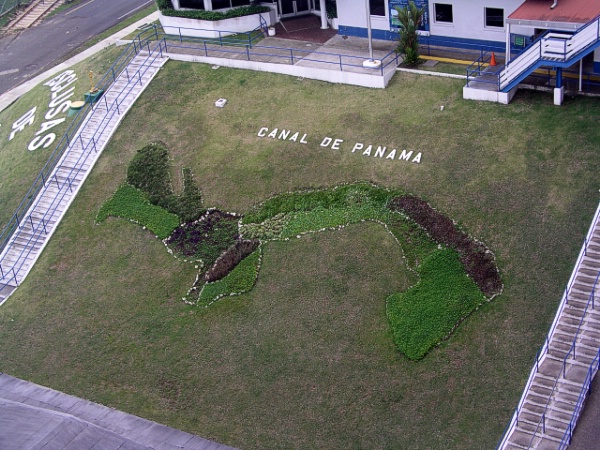

|
One of the major attractions of this cruise was the Panama Canal. We were looking forward to the transit through the canal and it was great! It's very special to sail through a narrow canal that's man-made and to go through several of the largest locks in the world! With the maps and photos below we hope you get a bit of an impression of how we experienced the Panama Canal. 
|


